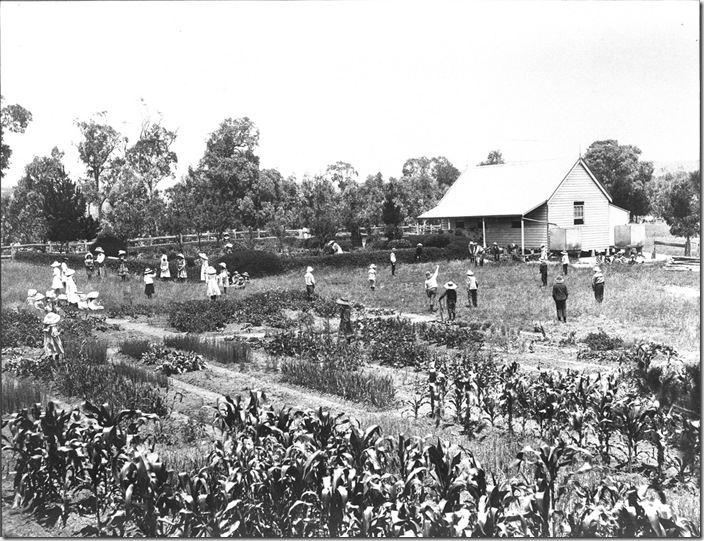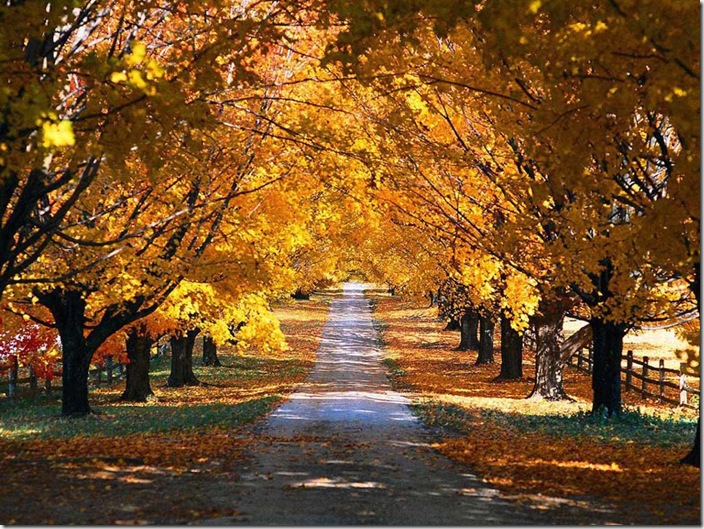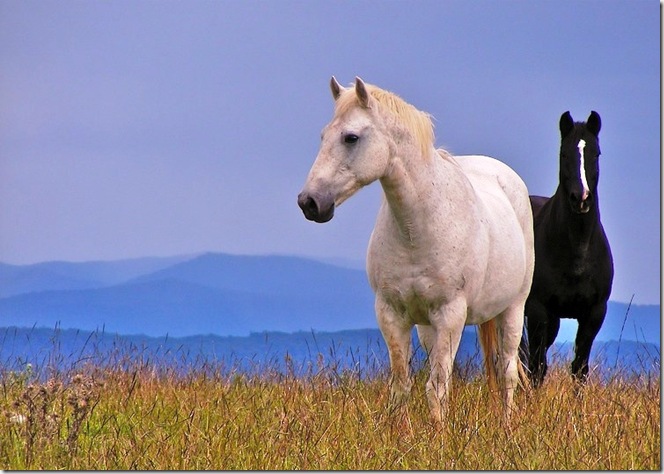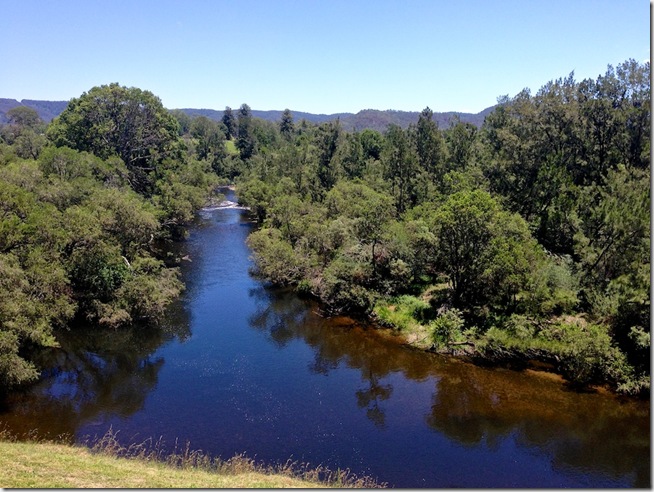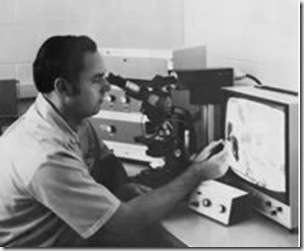
Over on Northern Rivers Geology, Rod Holland kindly featured one of my history posts, History Revisited - New England gold fields lost to time.
In the post just before(Doctor John Lindsay), Rod featured the work of one of the University of New England geologists.
I didn't know that John had died 2008. He and I overlapped in time at UNE, but I didn't study geology and really only knew him as a face on campus. It is only now, years later, that his work has become important to me because of the way that it informs others including Rod.
We, and I am thinking just of we New Englanders, have been very lucky in many ways. The things that we fought for in our efforts to grow our area and to retain our identity were hard won. Much has been lost. Yet the chain effects continue.
Our ancestors' efforts created the first university in Australia outside the metros. The students who came like John created New England knowledge. Most, and this is the story of the New England diaspora, went on to other things, but their contribution remains.
When Rod, I and others write today, we draw from and preserve that earlier work,
New England doesn't exist. We New Englanders can agree on neither name nor boundaries. And yet, after 150 years, we remain the only area in Australia capable of mounting a sustained challenge to the intellectual and political dominance imposed by the metro elites.
We still demand to be heard, we still write, we still care. That's no bad thing.
